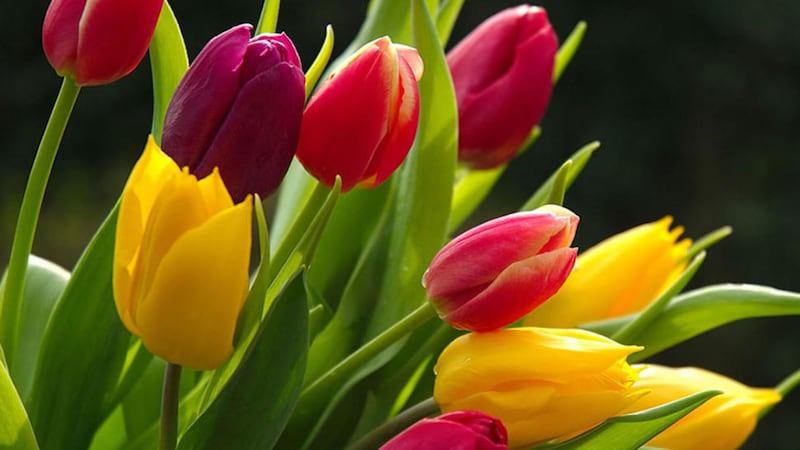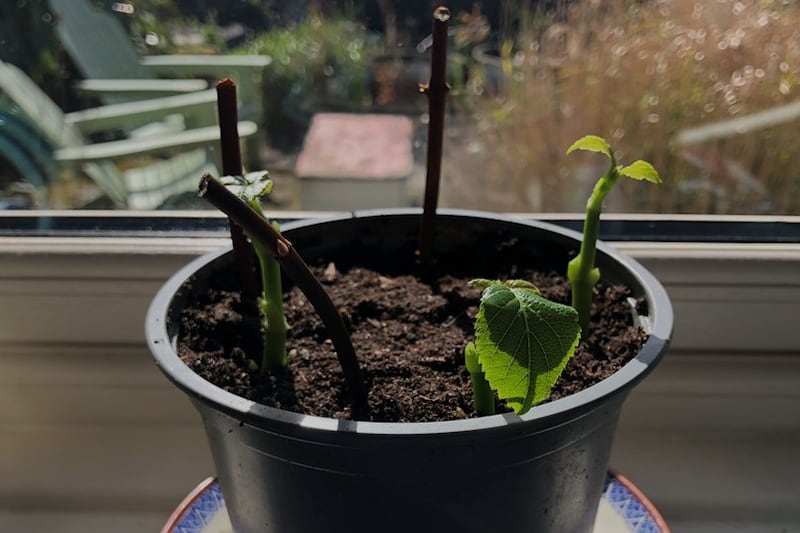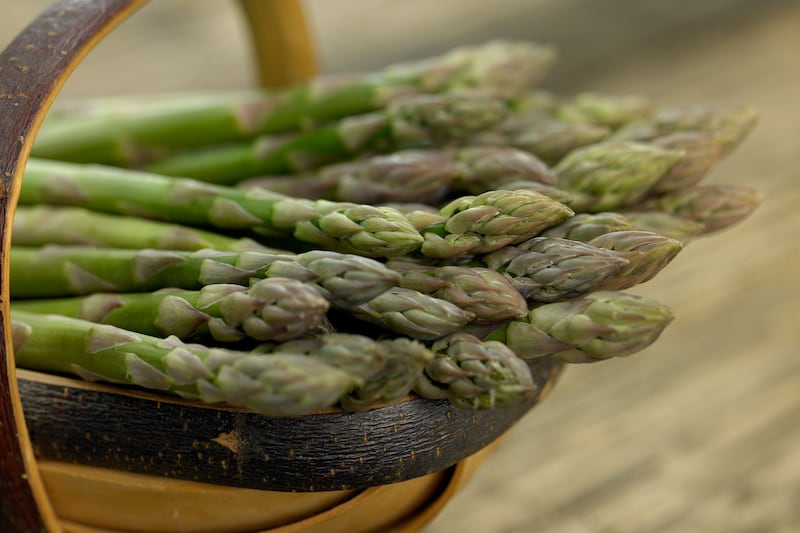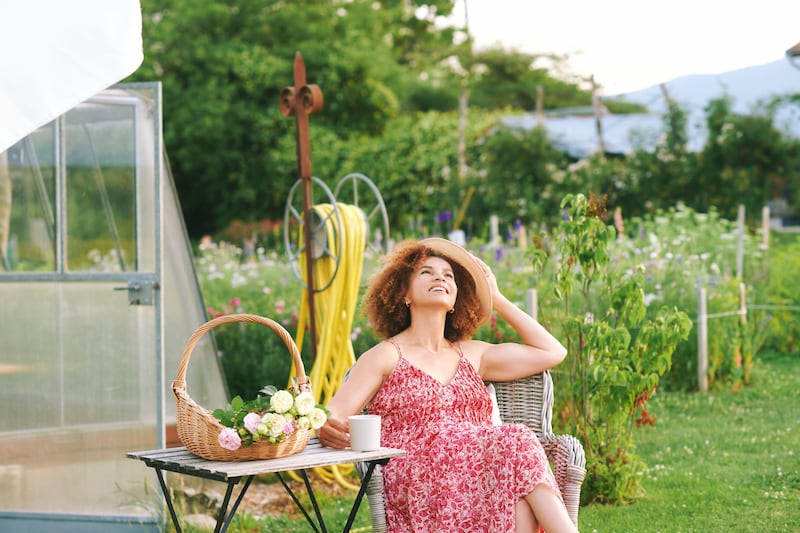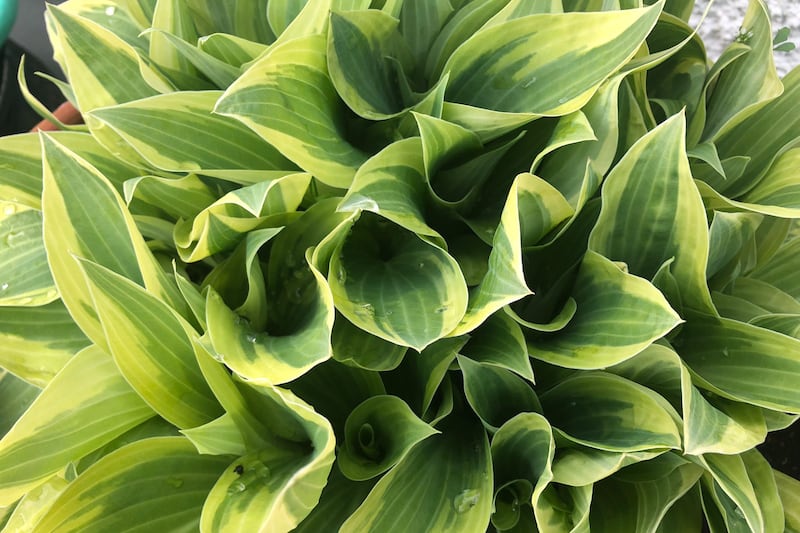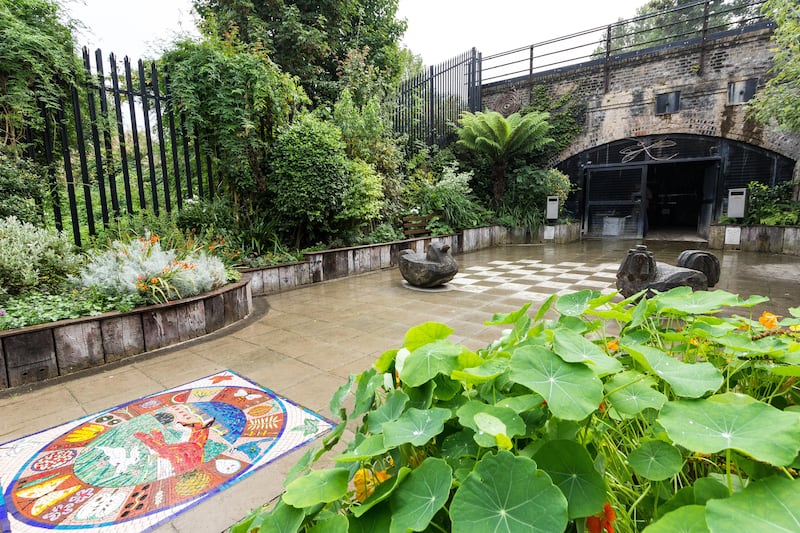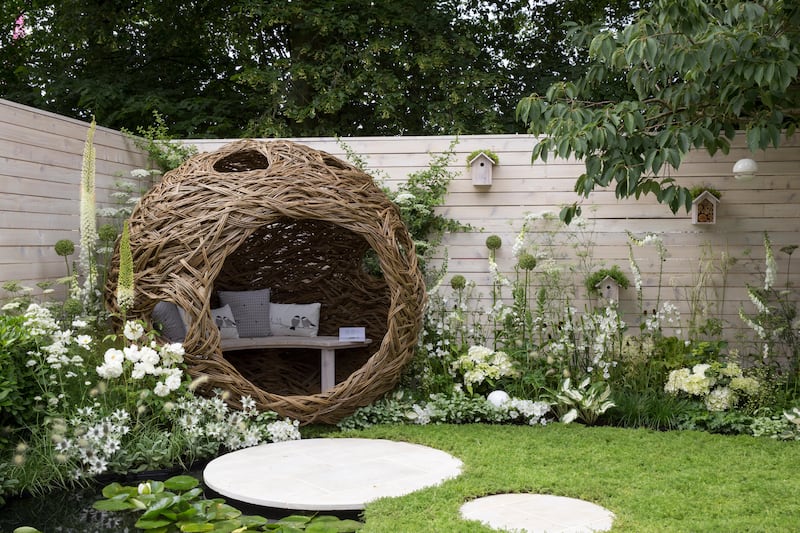THURSDAY’S autumn equinox effectively marks the end of the garden’s growing season. From now, we start planning for next year rather than living in the present.
The prep for next year will begin in the coming days is likely to continue right through until next May. The staple autumn chores for me are lawn maintenance, leaf-mould making and bulb planting. The latter isn’t an annual task but this year I feel the need to bring something new my spring and early summer displays, while replenishing existing stock.
A simple but highly effective way of bringing colour to all sorts of situations, a bulb is essentially a ready-made plant package from nature and one that requires very little encouragement to grow. The generic ‘bulb’ family includes corms, rhizomes, tubers and true bulbs, such as daffodils. Each type differs in appearance, yet they all share common characteristics and are generally looked after in the same manner.
September is the ideal time to begin bulb planting, though in many cases, such as tulips, you can continue right through to January. Choose healthy bulbs – those that are firm and of a good size, while those to be avoided have soft necks, sprouting tops or visible signs of disease, decay or mould.
Bulbs should be planted in free-draining soil at around two-and-a-half times their own depth. Add a fistful of bonemeal to the hole before covering up and you can pretty much leave them to their own devices.
:: Five Bulbs to Brighten Your Garden
:: Snowdrops – These diminutive beauties herald the beginning of the gardening year; their white bell-shaped flowers emerging in winter when all around is bleak. Snowdrops look great in drifts under deciduous trees or in light woodland areas. Clumps should be divided about every three years and should be replanted immediately. They do well in rich, moist soil and light shade. There are hundreds of named varieties, but among the most reliable are the common snowdrop, Galanthus nivalis and a double form of it, G. nivalis 'Flore Pleno'.
:: Bluebells – there few greater sights in spring than a carpet of bluebells with their dainty heads dancing on the breeze in unison. Another plant that looks best naturalised, their arrival in spring will immediately fill the garden with an air of joy and expectation for the months ahead. Native bluebells are under threat due to the proliferation of their bigger Spanish cousins. Buy your bluebells from a reputable dealer and ensure they are native.
:: Daffodils – Despite their ubiquity in spring, you can never tire of daffodils. Drifts of the big bright yellow varieties such as ‘King Alfred’ or ‘Carlton’ which glow in the spring sunshine are my favourites, but if space is limited try miniature varieties like 'Elka' or the trebleheaded 'Pipit'. For the best effect plant large numbers of the same variety in clumps.
:: Tulips – Suited more to a formal setting, tulips are great for bringing strong colour into the garden when there’s not a lot about. Purple, yellow, red, green… you’re spoilt for choice when it comes to deciding which to opt for, but again choose one or possibly two colours and plant densely in large amounts. Good for containers and one of the few bulbs you can plant in symmetrical patterns, recommended varieties include the bright yellow 'Yokohama' and the later flowering 'Queen of the Night', which is maroon.
:: Alliums – I’m a bit evangelical about alliums – also known as ornamental onions. The bigger varieties really are the king of bulbs. 'Globemaster' is expensive (around £5 a bulb), but its massive flower heads are spectacular lilac spheres measuring up 10 inches across. The flowers of 'Purple Sensation' are around tennis ball size, but the bulbs are much easier on the pocket. Always plant in uneven numbers and avoid precise symmetrical effects.
